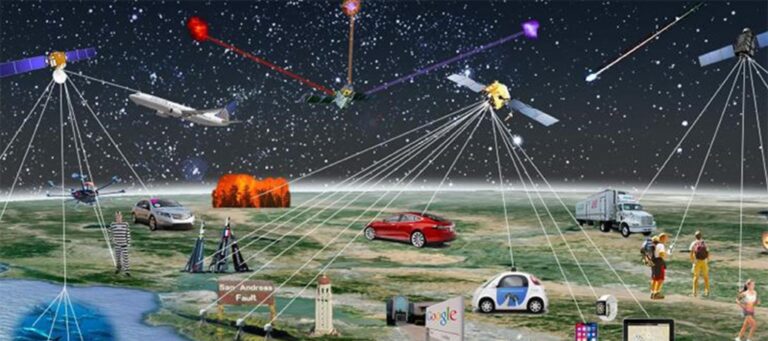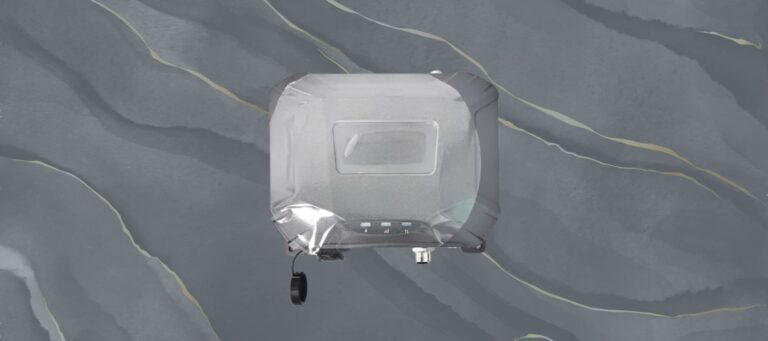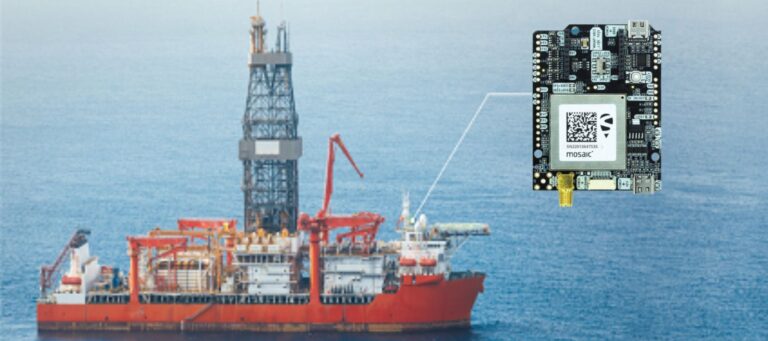Septentrio AsteRx GNSS Receiver with RTK & L2CA Support

Septentrio AsteRx high-end GNSS receiver combined with MEMS-IMU for industrial applications
In the field of satellite navigation, the technological evolution of the GLONASS system has brought new opportunities and challenges for high-precision positioning. As a world-leading manufacturer of Resilient GNSS receivers, Septentrio, with its profound technological accumulation and forward-looking innovation, has always been at the forefront of the industry. Based on the authoritative research results of the Septentrio AsteRx receiver team in the field of GLONASS dual-frequency signal processing, this article analyzes the core technical advantages of its products in RTK applications and introduces the breakthrough upgrades of the latest Mosaic-X5 product series.
With the full deployment of GLONASS-M satellites, the civilian CA code (L2CA) signal in the L2 frequency band has been made available for civilian use, and the public release of its official ICD documentation provides a reliable guarantee for dual-frequency high-precision positioning. The research team of Septentrio verified through measured data that although the chip rate of the L2CA signal is relatively low (0.5 Mcps), its carrier phase noise performance (standard deviation of approximately 0.6 mm) is better than that of the military L2P signal (0.7 mm), and the carrier-to-noise ratio (C/N0) is 2 dB higher, significantly improving the tracking stability in weak signal environments. This discovery has overturned the traditional perception and proved that L2CA is completely technically feasible to replace L2P.

For the newly added unpublished navigation message of the L2P signal (with a rate of 250 bps and a 4-second frame period), Septentrio innovatively proposed the L2CA-assisted L2P joint tracking algorithm. By tracking the two signals in parallel and using the known phase characteristics of L2CA to eliminate the half-cycle ambiguity of L2P, it has overcome the problem of lost observations caused by the sudden change of the L2P signal in traditional receivers. This technology has been applied to the AsteRx series receivers to achieve full-time reliable tracking of GLONASS dual-frequency signals.
Based on the measured data of the Septentrio AsteRx2 receiver in the paper, its product shows excellent performance in the following scenarios: 1. Dual-frequency RTK positioning accuracy: The standard deviation of carrier phase double-difference residuals is only 1-2 mm, and the performance of L2CA and L2P is similar, verifying the consistency of its phase measurement. 2. It supports GPS + GLONASS multi-system integrated positioning. Through the wavelength difference calibration technology (as shown in Table 2), the hardware deviation of the Frequency Division Multiple Access (FDMA) system is eliminated, and the success rate of ambiguity fixation is improved. 3. Anti-multipath interference: The standard deviation of L2P code phase noise (0.5 m) is better than that of L2CA (0.6 m), but through the patented multipath suppression algorithm (such as MEDLL), L2CA can still meet the centimeter-level positioning requirements. 4. Complex environment adaptability: The signal power advantage of L2CA (+2 dB) significantly improves the availability in weak signal scenarios such as urban canyons and under forests, and the satellite lock loss recovery time is shortened by 30%.
For the early models such as AsteRx2 mentioned in the paper, Septentrio has launched the latest product of the AsteRx-i series, integrating the Mosaic anti-jamming and anti-spoofing engine to achieve a comprehensive technological upgrade: 1. Anti-jamming capability: Supports 360° omnidirectional interference suppression and can cope with various complex interference scenarios such as broadband sweep frequency and pulses. 2. Anti-spoofing protection: Detects false satellite signals in real time, combines signal feature analysis and spatio-temporal consistency verification, and the false alarm rate is less than 0.1%. 3. Multi-frequency and multi-system support: Adds support for frequency points such as Beidou B2a and Galileo E6, enabling parallel tracking of more than 120 satellites in the full constellation. 4. Low power consumption design: Adopts adaptive power management technology, with a typical power consumption of only 2.5W, meeting the needs of mobile platforms such as unmanned aircraft and autonomous driving.
Septentrio has always adhered to the technical route centered on open signals, refused to rely on unauthorized military signals (such as L2P), and ensured that its products comply with global regulatory requirements and have long-term service guarantees by continuously investing in the research and development of signal processing algorithms (such as the L2CA/L2P joint tracking and FDMA deviation calibration mentioned in this article). In the future, with the deployment of the third-generation GLONASS-K satellites, Septentrio will continue to optimize the multi-frequency and multi-system fusion algorithm and promote the implementation of high-precision positioning technology in more industries.






